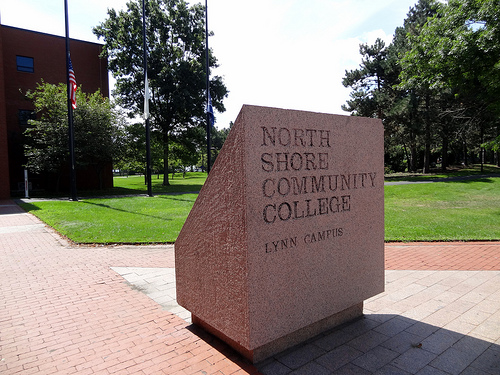
Source: North Shore Community College Lynn Campus, Elizabeth Thomsen, Flickr
Perhaps the most important thing to learn from this lesson is to take time (as much time as you need) to get your bearings when you are reading graphs. Once you get your bearings, you can read graphs fairly easily in most cases. They are, after all, intended to make it easier to get information.
Remember that graphs don’t answer the “why” question. They don’t explain what causes the changes or differences that they present to us. A combination of family income and reading scores on a graph does not necessarily mean that there is a cause-and-effect relationship between the two.
Graphs helps us see where there are interesting patterns and possible relationships. When we see patterns and relationships, we can make guesses (what scientists would call hypotheses). We should read further and do further research to see if the relationships and patterns are causal or coincidental.